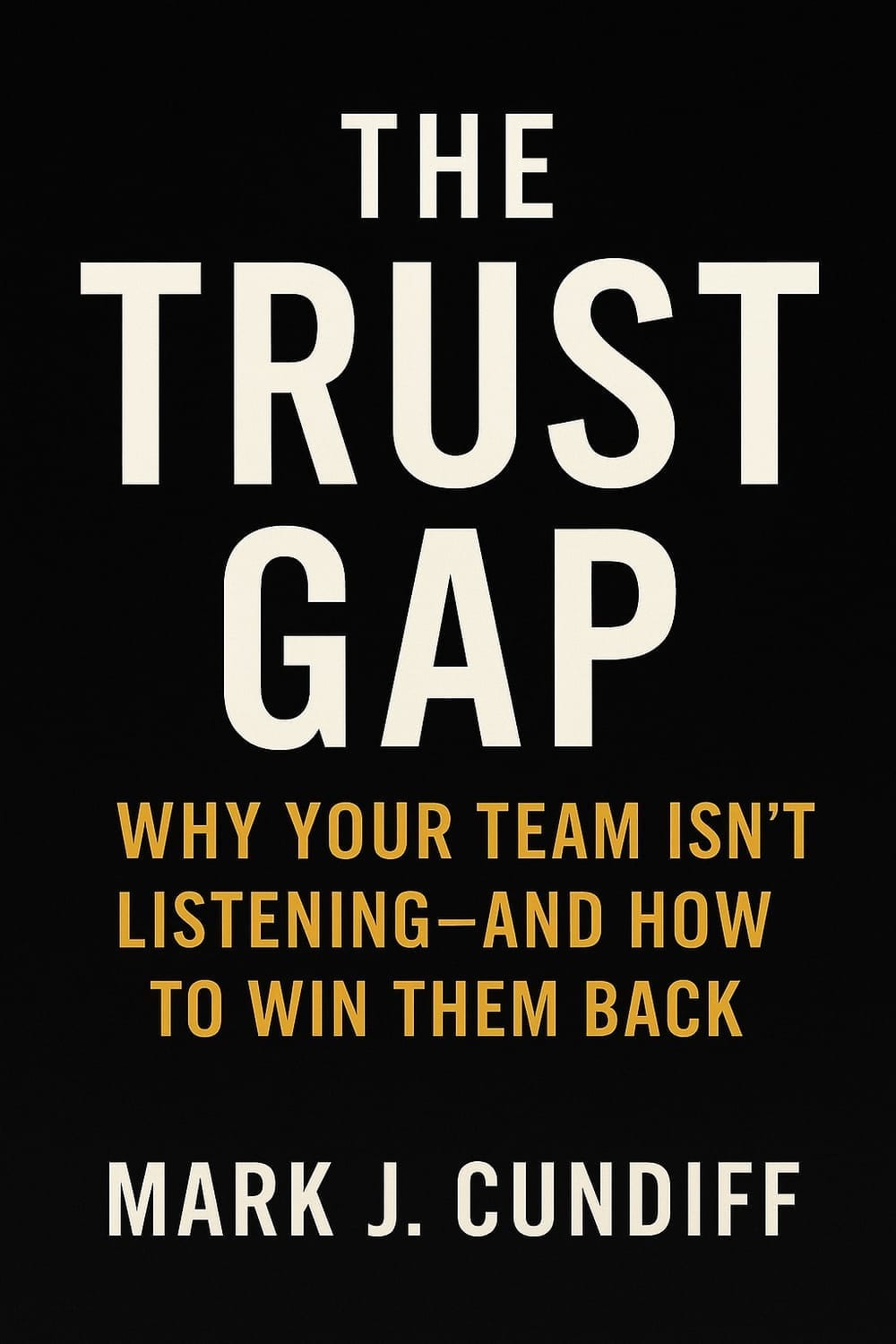8 Leadership Lessons to Practice for Better Results
The Journey of Leadership: Guiding Teams Toward Their Greatest Potential
Have you ever wondered what separates truly transformational leaders from those who manage?
After guiding teams ranging from 10 to 600 people throughout my career, I've discovered that exceptional leadership isn't about position or authority—it's about creating an environment where others can discover their leadership potential.
Leadership is fundamentally a journey of transformation—both yours and theirs. When we lead with intention, we don't just build organizations; we build people who build organizations.
Let me share what I've learned along this path.
1. The Vision Compass
Every meaningful journey begins with a clear destination. As leaders, our primary responsibility is to articulate a compelling vision so our teams can see themselves in it.
I've found that a powerful vision isn't something you share once at an annual meeting. It's something you weave into daily conversations, decisions, and celebrations. The most effective leaders I've known don't just describe the organization's future—they help team members visualize their future within that larger narrative.
Ask yourself: Does your team know where they're headed, and more importantly, can they see themselves thriving there?
2. Nurturing the Leader Within
"Everyone has a leader within them, waiting to be discovered." This truth has guided my approach to team development for years.
Leadership grows in the soil of confidence. When we use language that builds others up rather than tears them down, we're not just being kind—we're strategically developing the self-esteem necessary for people to step into leadership roles.
Sarah was a brilliant but quiet analyst on a key production team. Her leader helped her grow and develop by consistently acknowledging her insights in meetings and gradually increasing her responsibilities; He watched her transform from someone who hesitated to speak up to someone who confidently led major initiatives.
The leader was always within her—she just needed someone to believe in her before fully believing in herself.
3. The Training Framework
Vision without skill is just a dream. That's why structured training isn't optional—it's essential.
Effective training systems align three critical elements:
Technical skills needed for excellence
Core values that guide behavior
The broader vision that gives meaning to both
When designing development programs, I always ask: "Will this help my team members not just do better work, but understand why their work matters?"
4. Deepening Commitment
Have you noticed how people who understand their purpose perform differently from those who are just completing tasks?
Training that connects skills to meaning doesn't just improve performance—it transforms commitment.
I've witnessed team members shift from "I have to be here" to "I get to be part of this" when they understand how their growth serves something larger than themselves. This deeper commitment unlocks potential that might otherwise remain dormant.
5. The Power of Modeling
We've all heard the saying, "Your actions speak so loudly I can't hear what you're saying." As leaders, we must embody the transformation we advocate.
This means setting high standards—first for ourselves, then for others. It means showing vulnerability when we're growing and adapting. Leadership isn't a fixed position but a dynamic practice of continuous improvement.
When I decided our team needed to embrace new technologies, I didn't just mandate training—I joined the classes, struggled through the learning curve alongside everyone else, and openly shared my challenges. The message was clear: "We're growing together."
6. Creating Pathways for Emulation
Transformation rarely happens in isolation. We need models to follow and adapt.
Great leaders create clear pathways for team members to emulate positive behaviors, providing both the example and the framework to support change. When your team sees you embracing change—whether it's adopting new methodologies, receiving feedback gracefully, or stepping outside your comfort zone—you create permission for them to do the same.
7. Guiding Growth Experiences
Leadership at its core is about guiding others through experiences of growth, change, and increasing independence.
I've found that carefully crafted challenges—projects that stretch but don't break team members—create the most powerful growth. These experiences should progressively build capability and confidence, moving people toward greater autonomy.
8. Leaving Your Mark
Here's the ultimate test of our leadership: Is anyone unchanged after spending a year under our guidance?
True leadership transformation isn't measured in quarterly objectives or annual reviews—it's measured in the growth of people.
When team members look back on their time with you, they shouldn't just remember what they accomplished; they should recognize how they've evolved.
Bringing It All Together
The most fulfilling moment in leadership isn't reaching a particular goal—it's watching someone you've mentored discover their leadership voice and begin developing others.
When vision serves as our compass, self-esteem becomes our fuel, training provides our vehicle, emulation creates our path, commitment sustains our journey, and growth marks our destination—we don't just lead teams. We create future leaders who will continue the journey long after we've moved on.
That's the legacy of transformational leadership—not what you build, but who you build.
What aspects of your leadership approach create lasting transformation in your team members?
I'd love to hear your experiences.
Join over 3,900 Fellow Leaders reading The Learning To Lead Newsletter each week!
Recent Articles

Join over 3,900 Fellow Leaders reading The Learning To Lead Newsletter each week!
©2025 Learning To Lead | Helping Good Leaders Become Great Leaders


